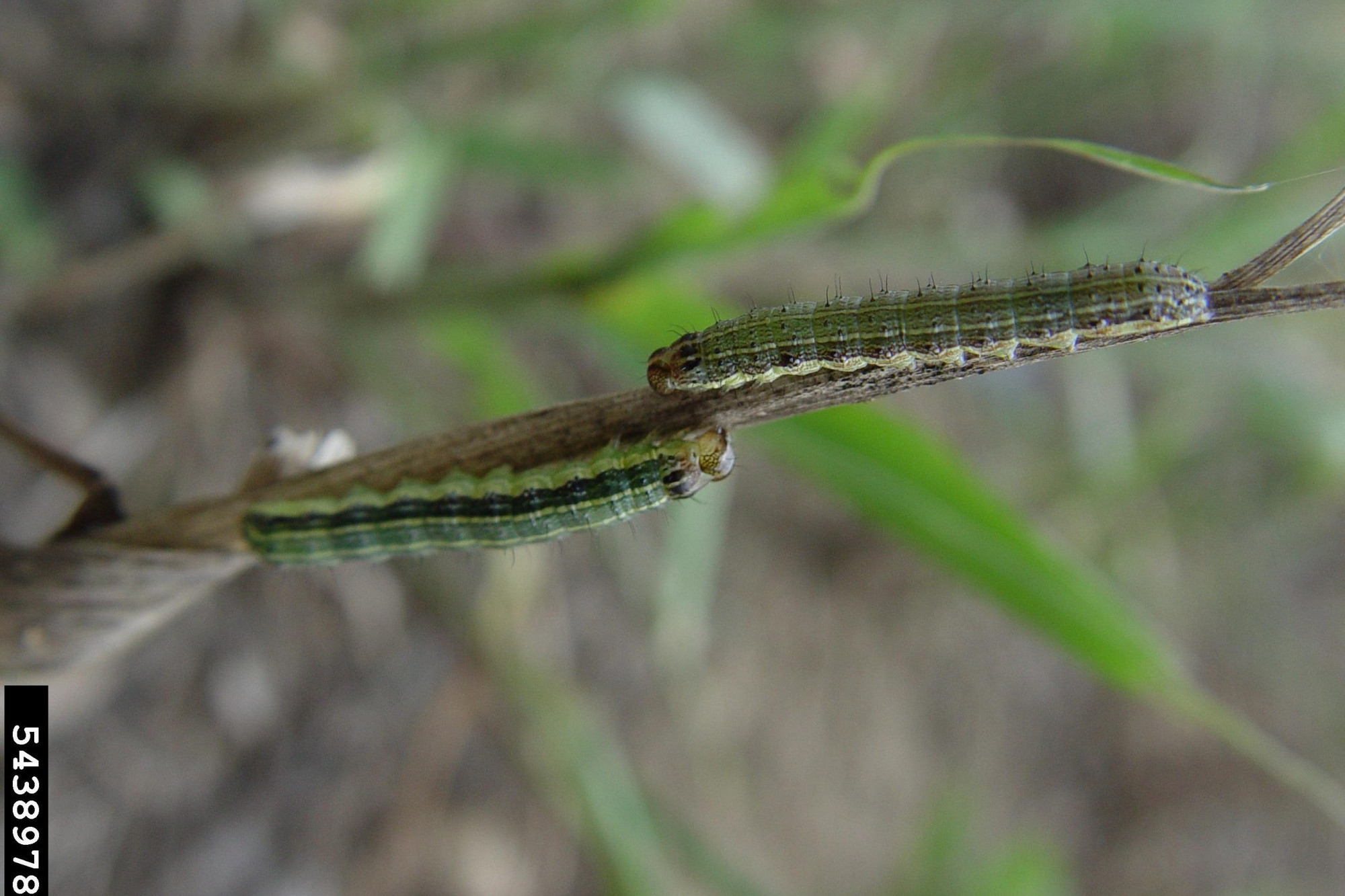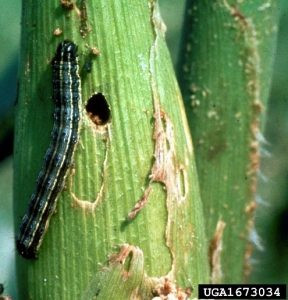General News
2 March, 2020
Fall armyworm detected on the Tablelands
Did you know that there are several types of Armyworm?

More detections of the invasive moth pest Fall armyworm (Spodoptera frugiperda) have been made in Far North Queensland.
Suspect moths collected at South Johnstone, Tolga and Lakeland have been confirmed by Department of Agriculture and Fisheries’ entomologists to be Fall armyworm.
These latest detections follow recently confirmed detections on two Torres Strait Islands, at Bamaga and in the north-west Gulf country and is further evidence of the pest’s ability to spread quickly.
A surveillance program for Fall armyworm, which commenced on the Atherton Tablelands, Innisfail, Port Douglas, Mossman, Lakeland and Cairns regions last week, will be expanded as more traps become available.
Fall armyworm is known to feed on more than 350 plant species, including maize, cotton, rice, sorghum, sugarcane, wheat, and many vegetable and fruit crops, and have caused significant economic losses overseas.
Fall armyworm includes 2 subpopulations, or strains, that are morphologically indistinguishable but differ in their host plant preference and certain physiological features. Diagnosis by a laboratory is required to identify the strain.
Destruction of crops can happen almost overnight when infestation levels are high.
Did you know that there are several types of Armyworm?
The armyworm's name describes the way larvae march in large numbers away from sites where their food has run out. Mature larval stages will sometimes march into cereal crops in late winter and cause serious damage, particularly on the edges of paddocks.
Larvae shelter during the day and emerge after sunset to feed.
Scientific names
Mythimna convecta (Common armyworm)Mythimna separata (Northern armyworm)Spodoptera exempta(Dayfeeding armyworm)Spodoptera mauritia(Lawn armyworm)
Hosts
Common armyworm: barley, oat, wheat, native pasture grasses and perennial grass seed crops.
Northern armyworm: sorghum, maize, barley, wheat and rice.
Dayfeeding armyworm: mostly grasses, but also sugarcane, maize and sorghum.
Lawn armyworm: barley, grasses, nut grass, oat, wheat and most lawn grasses.
These may also be may be confused with
Other armyworms (e.g. Sugarcane armyworm (Leucania stenographa) and lesser armyworm (Spodoptera exigua)
To see the other types of armyworm go to https://www.business.qld.gov.au/industries/farms-fishing-forestry/agriculture/crop-growing/pests-field-crops/armyworm

Fall armyworm (Spodoptera frugiperda) is a new exotic pest that has been detected in Queensland.
While this pest is native to tropical and subtropical regions of the Americas, since 2016 it has rapidly spread to and throughout Africa, the Indian subcontinent, China and Southeast Asia.
To learn more about fall armyworm https://www.business.qld.gov.au/industries/farms-fishing-forestry/agriculture/crop-growing/priority-pest-disease/fall-armyworm
Have you seen fall armyworm (Spodoptera frugiperda)?
Read about how to identify fall armyworm.
Be on the lookout and report signs to the Department of Agriculture and Fisheries on on 13 25 23.
Early detection and reporting are key elements in controlling fall armyworm.


